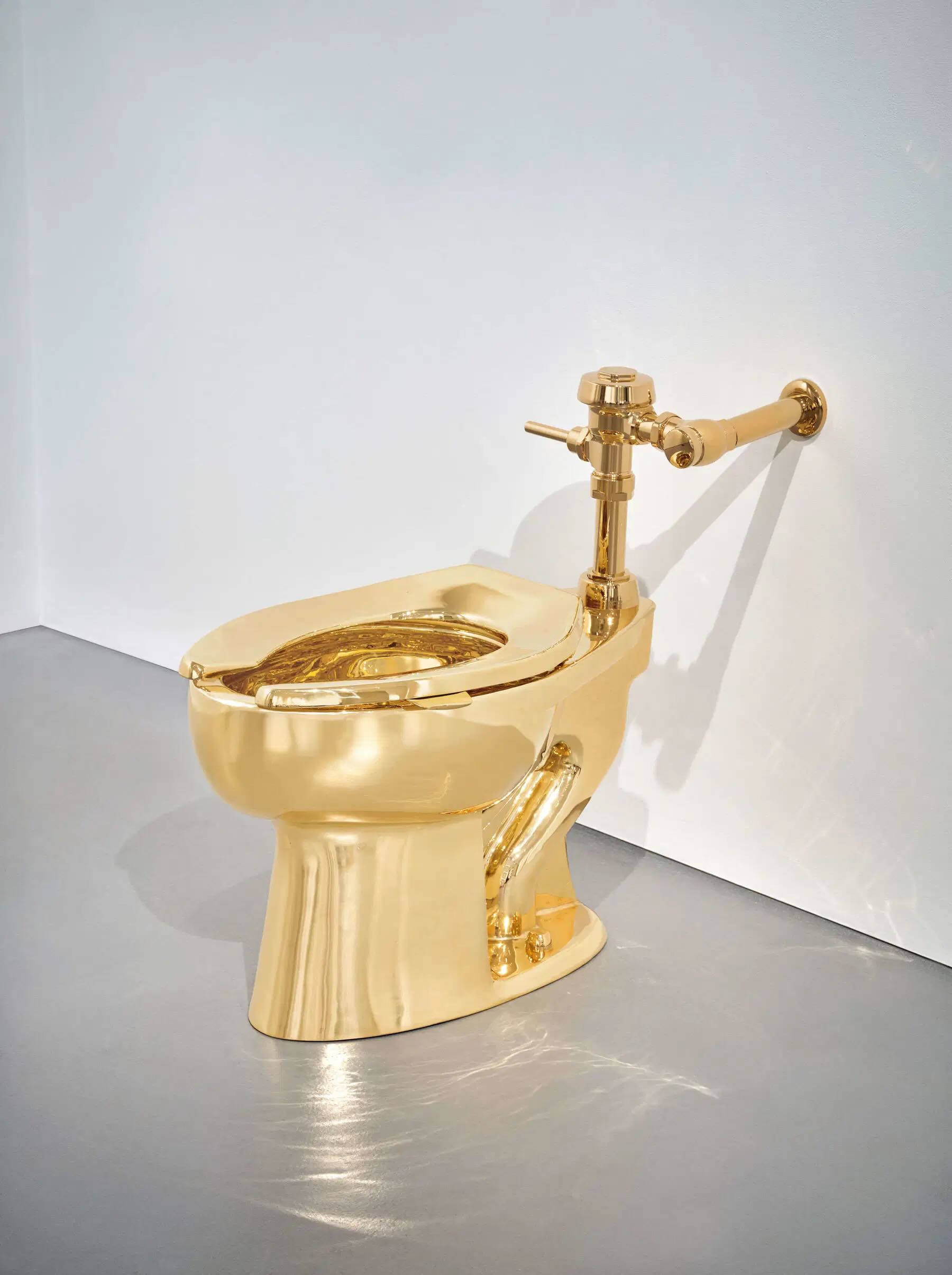Browsing on Instagram among interiors images,cool hunters posts, interior designers and decorators, we cannot help but notice pictures of homes with a cozy effect, decorated in a typically English taste, featuring patterns and interesting chromatic combinations. A sober but light and inevitably elegant effect, whose strength is always represented by objects steeped in stories, chosen for the memories and sensations they communicate to the home's owner: a vase purchased during a trip to an exotic destination, a "lived" rug, a decoration which was custom-designed by a painter friend...
A century after its peak, why is this sort of Bloomsbury aesthetic — where the narrative effect of the house wins over everything — more relevant than ever? In the picture we see Charleston Library, the East Sussex country home of Vanessa Bell and Duncan Grant, which became the hub of the Bloomsbury Group in the 1910s and 20s, the circle of artists, writers and intellectuals based in central London, which included Virginia Woolf, EM Forster, John Maynard Keynes. There is a sort of timelessness, almost a feeling of anonymity that rises from it, precisely because each piece represents something first and foremost for those who lived in this room: yet it exhudes an effortless originality and personalization effect, an aspect increasingly successful on today's social media.
Radical and far-sighted, the Bloomsbury Group was very knowledgeable and supportive of the Arts and Crafts principles founded by William Morris, whose motto was very simple: surround yourself with beautiful, well-made objects that are also functional, and therefore usable in everyday life. And undoubtedly, contemporary taste is becoming more and more fond of the idea of paying more attention to the way we consume, returning to enhancing vintage items or things that we already have in our hands.
The principles applied by the Bloomsbury Group to the world of furniture found expression in the production of the Omega Workshops, the design studio in 33 Fitzroy Square, London, founded in 1913 by a member of the group, artist and art critic Roger Fry. Introducer of Post-impressionist and Cubist painting in London, Fry translated the inspiration arising from the scenarios depicted by Matisse, Picasso and Braque (just to name a few of the avant-garde artists of the time), into a playful sensibility to apply to furniture and fabrics. The Omega Workshop production (which closed the business for financial reasons in 1919) included some iconic items, often made in collaboration with avant-garde artists in residence, collected in a precious 1914 catalog: ceramics, hand-painted wooden furnishings showing stylized naturalistic motifs, curtains, textiles, upholstery and panels, printed and painted with motifs that conveyed avant-garde art into a furnishing style.
If this brief information triggered your curiosity, to get a broader idea of what the Bloomsbury Group taste was, you can browse the archives of the Victoria and Albert Museum in London; and another good insight on Bloomsbury interiors could be provided by Vita & Virginia, the 2018 film starring Gemma Arterton, based on the relationship between Virginia Woolf and poetess, writer and landscape designer Vita Sackville-West.






.png)





